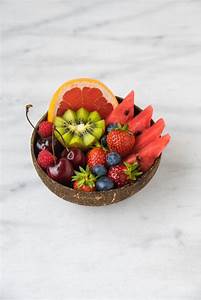by Oasis Wellness Partners on August 6, 2019

It is high summer here in Maine—long, beautiful, warm and sometimes hot days, perfect for gardening and the beach and just being outside. And of course you know to wear sunscreen at all times to protect your skin. But did you also know you can eat your sunscreen?
What goes into your body is at least as important as what goes ON it for sun protection. An anti-inflammatory diet low in processed foods and high in vegetables, Omega-3s and healthy fats can help prevent sun damage and increase your body’s ability to get benefits from the sun. By making sure that your diet is high in micronutrients from vegetables, omega-3s, and fat-soluble vitamins from fish, and monounsaturated and saturated fats from plant and animal sources, you can be sure that your body will be able to better handle, process, and ward off damage from UV-Rays. Here are 5 tips to incorporate healthy, sun protection into your life:
By focusing on proteins, fats, and vegetables instead of grains, your diet will be higher in antioxidants than the average diet. Even real food “treats” like berries and dark chocolate are packed with antioxidants, so eating this way is fun, too.
Antioxidants help reduce inflammation and free radicals. Research has shown a strong protective effect of antioxidants against inflammation and skin damage.
Melanin, the dark pigment that we get when we tan, is produced to shield the skin from further UV exposure by providing a type of barrier. This is why those with darker skin need more sun that those with fairer skin to get the same amount of vitamin D.
When the body has enough vitamin D, it will start producing melanin to keep from getting too much. There is evidence that optimizing vitamin D levels through sun exposure and even through supplementation will help the body produce melanin faster and retain it longer. Of course, this is a genetic and very personalized issue that is best handled with testing and the help of a qualified practitioner.
Seems simple and logical, but moderate and safe sun exposure has the most benefits for vitamin D levels. Aim to get less sun exposure than you think you need at first and work up slowly to avoid burning.
Cover up or get in the shade if possible. A hat and shirt are reusable, don’t contain harmful chemicals, and do a great job of protecting from excess sun exposure.
And your sunscreen? Check to get sunscreens that are chemical-free. Badger, Kiss My Face and Alba all are good brands that use safe ingredients.